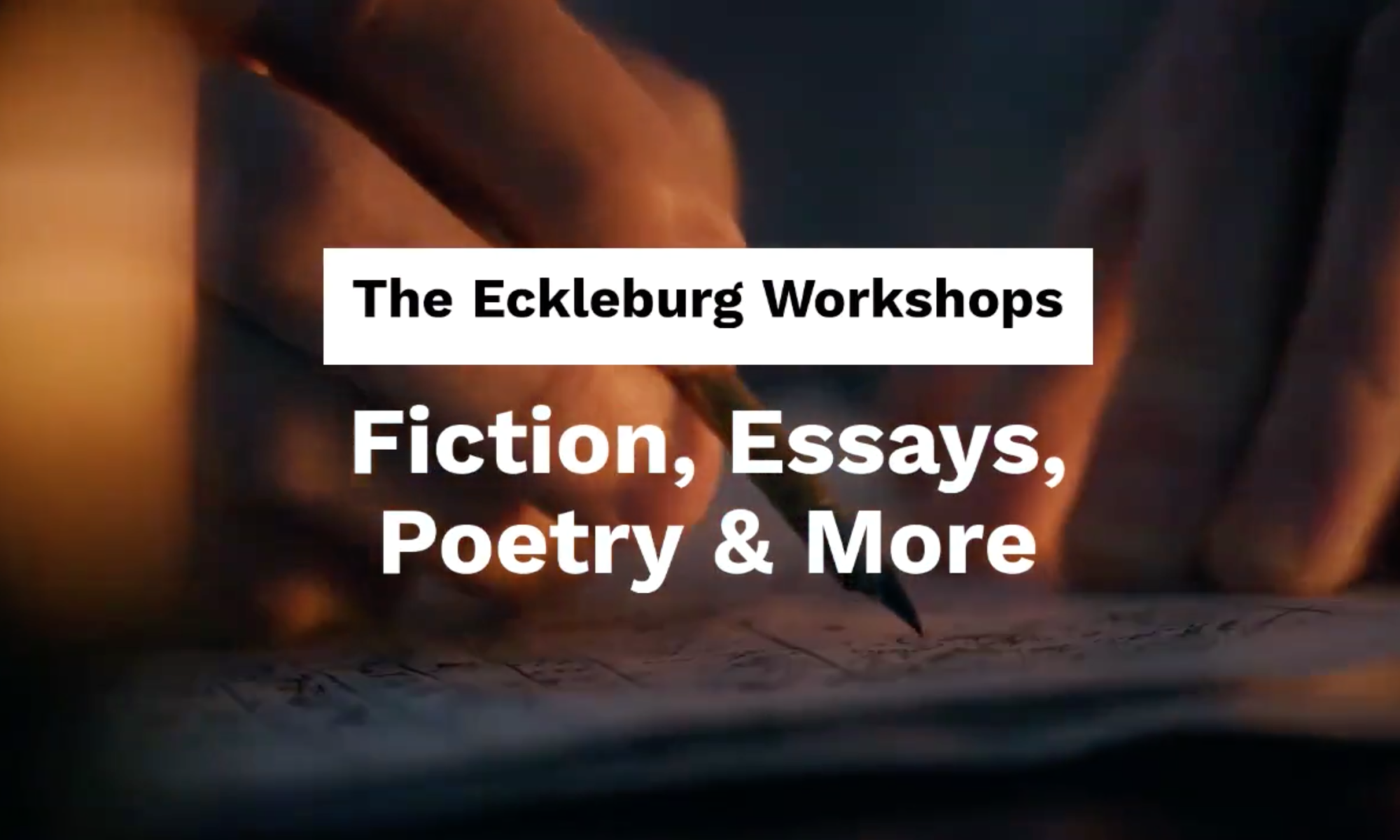In its broadest sense the term applies to all forms of written or spoken expression having a regular rhythmic pattern. It is most often meant to designate a consciously shaped writing, not merely a listing of ideas or a catalog of objects. And, although, good prose is like verse in having a rhythm (cadence), it is unlike verse in that this rhythm is not to be scanned by normal metrical scenes or makes by such devices of reiteration as free verse exports. But a clear line between prose and poetry is difficult to draw. Some of the qualities of prose are: It is without sustained rhythmic regularity; it has some logical grammatical order, and its ideas are connectedly stated rather than merely listed; it is characterized by style; it will achieve variety of expression through varied diction. (Handbook to Literature)
Intergeneric Prose
Prose that belongs between or among genres; it may combine prose and poetry, or it may cross the boundary between fiction and history. (Handbook to Literature)
Submit Your Work for Individualized Feedback
Please use Universal Manuscript Guidelines when submitting: .doc or .docx, double spacing, 10-12 pt font, Times New Roman, 1 inch margins, first page header with contact information, section breaks “***” or “#.”
Sources
The Age of Insight: The Quest to Understand the Unconscious in Art, Mind, and Brain, from Vienna 1900 to the Present. Eric Kandel.
The Banalization of Nihilism: Twentieth-Century Responses to Meaninglessness. Karen L. Carr.
A Handbook to Literature
“Cogito et Histoire de la Folie.” Jacques Derrida.
Cognitive Neuropsychology Section, Laboratory of Brain and Cognition.
Eats Shoots and Leaves: The Zero Tolerance Approach to Punctuation
The Elements of Style.
Beginning Theory: An Introduction to Literary and Cultural Theory. Peter Barry.
Critical Theory: A Very Short Introduction. Stephen Eric Bronner.
Critical Theory Today: A User-Friendly Guide. Lois Tyson
The Critical Tradition: Classic Texts and Contemporary Trends. David H. Richter.
A Handbook to Literature
Literary Theories and Schools of Criticism. Purdue Online Writing Lab.
New Oxford American Dictionary
The Norton Anthology of World Literature
The Norton Introduction to Philosophy
Woe is I: The Grammarphobe’s Guide to Better English in Plain English
Writing Fiction: A Guide to Narrative Craft
Writing the Other

